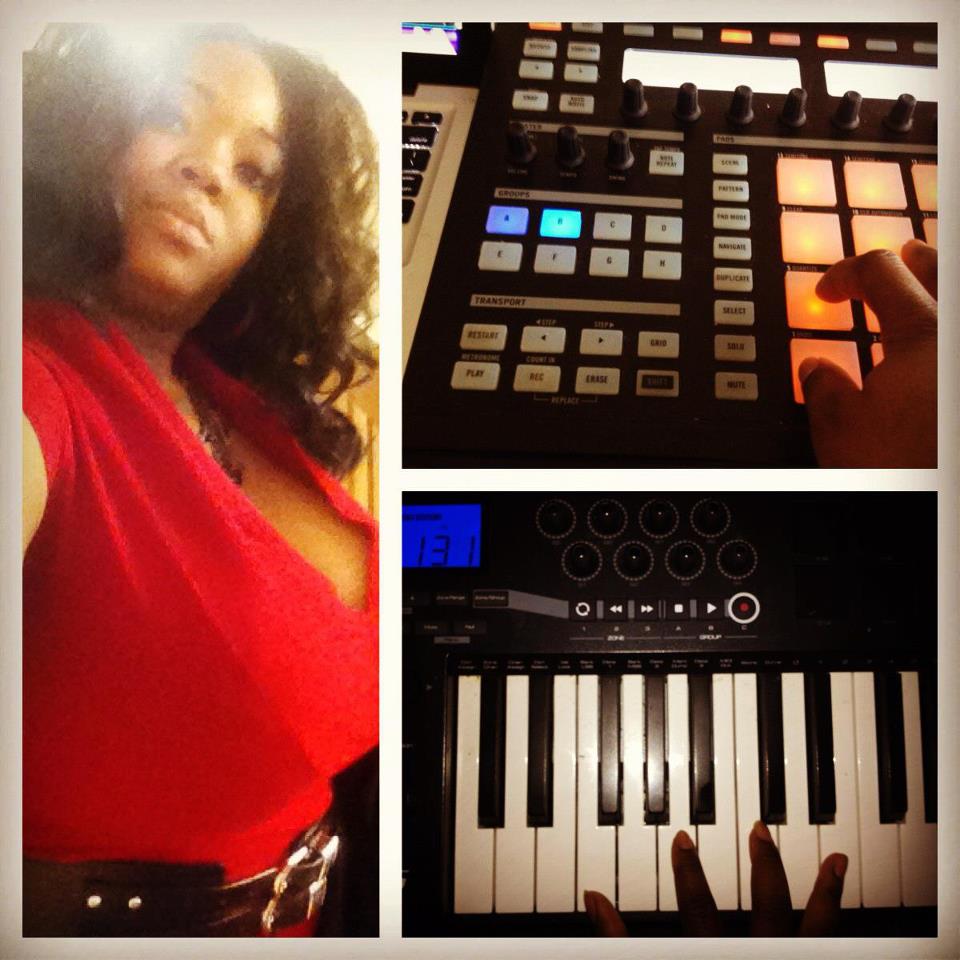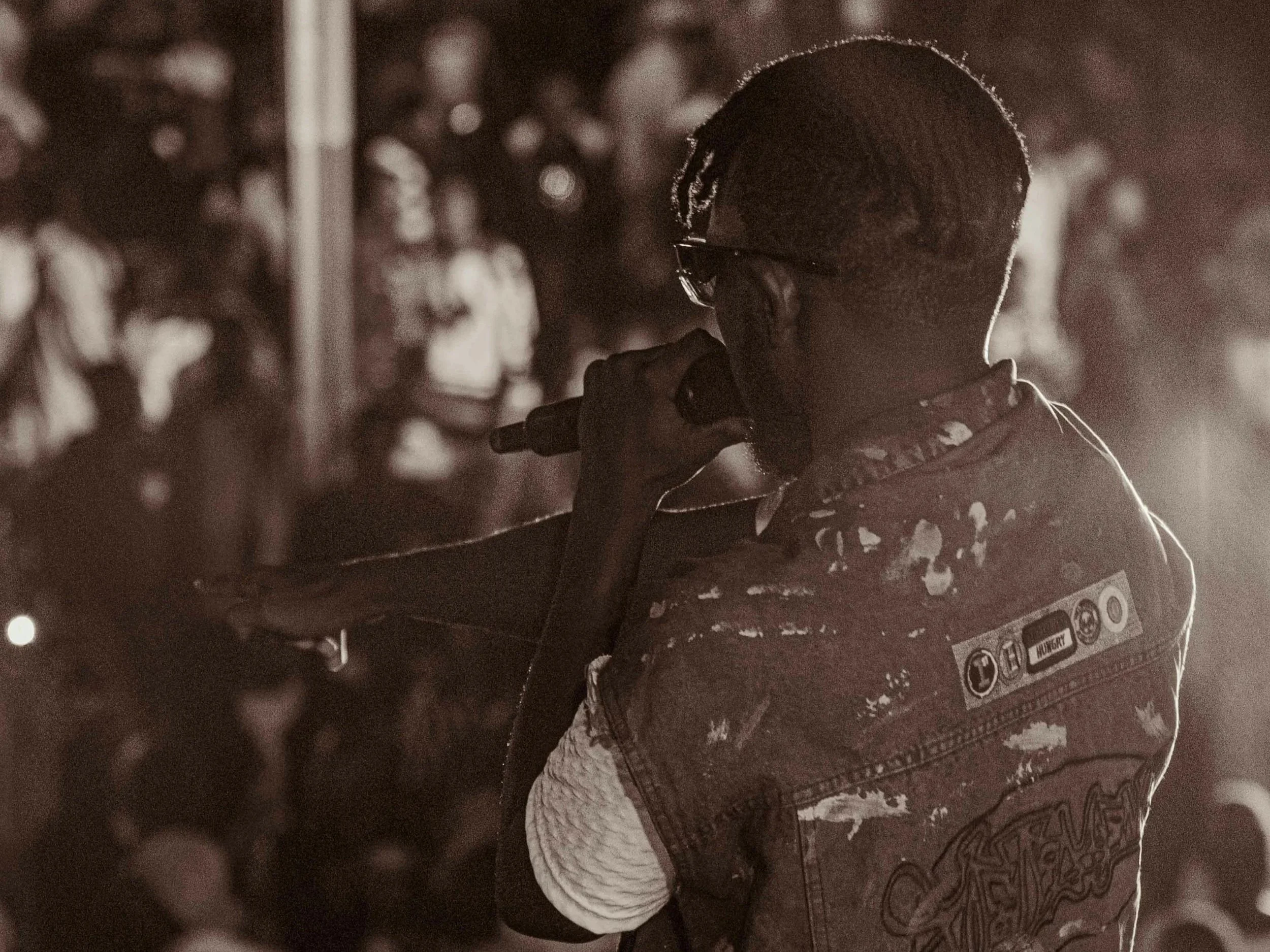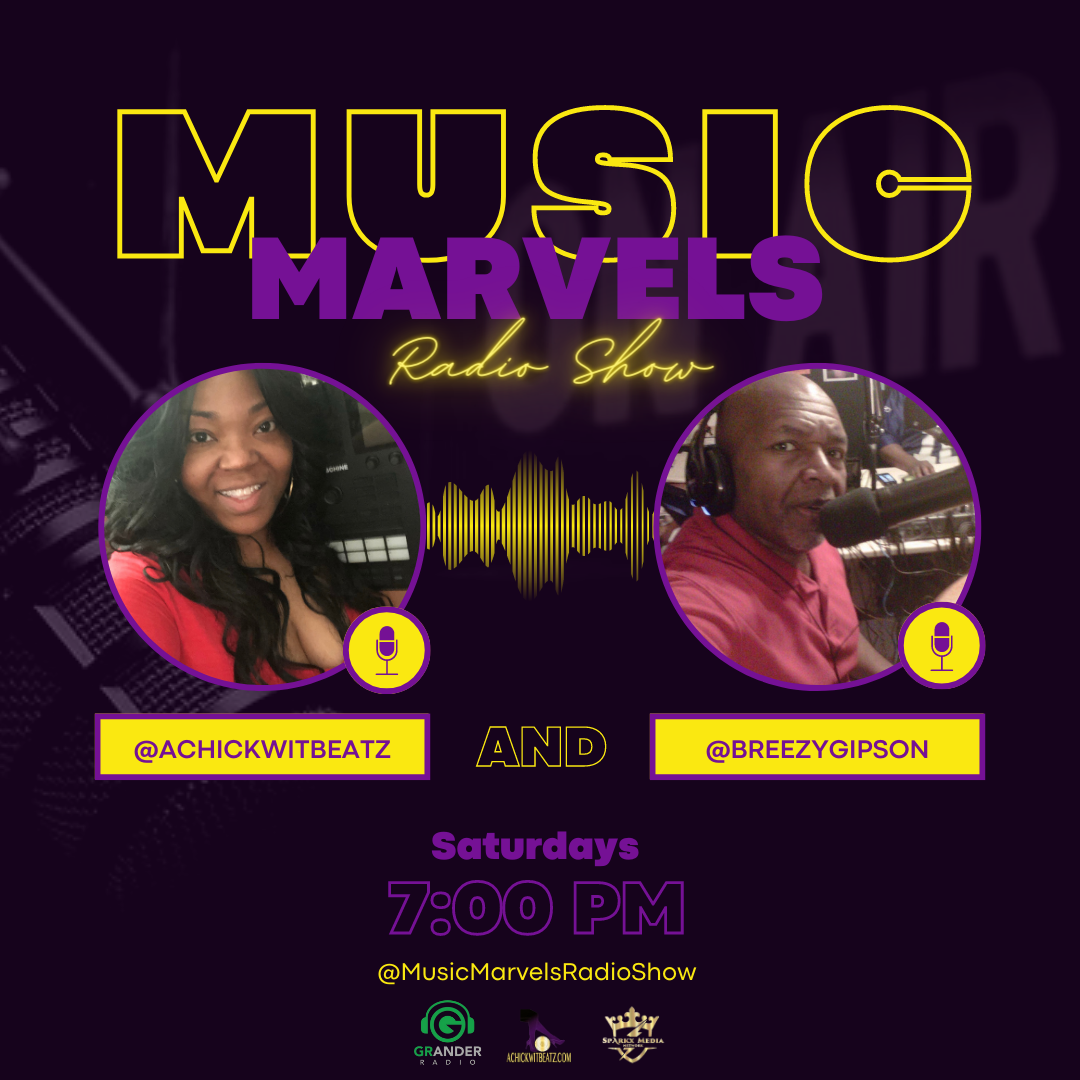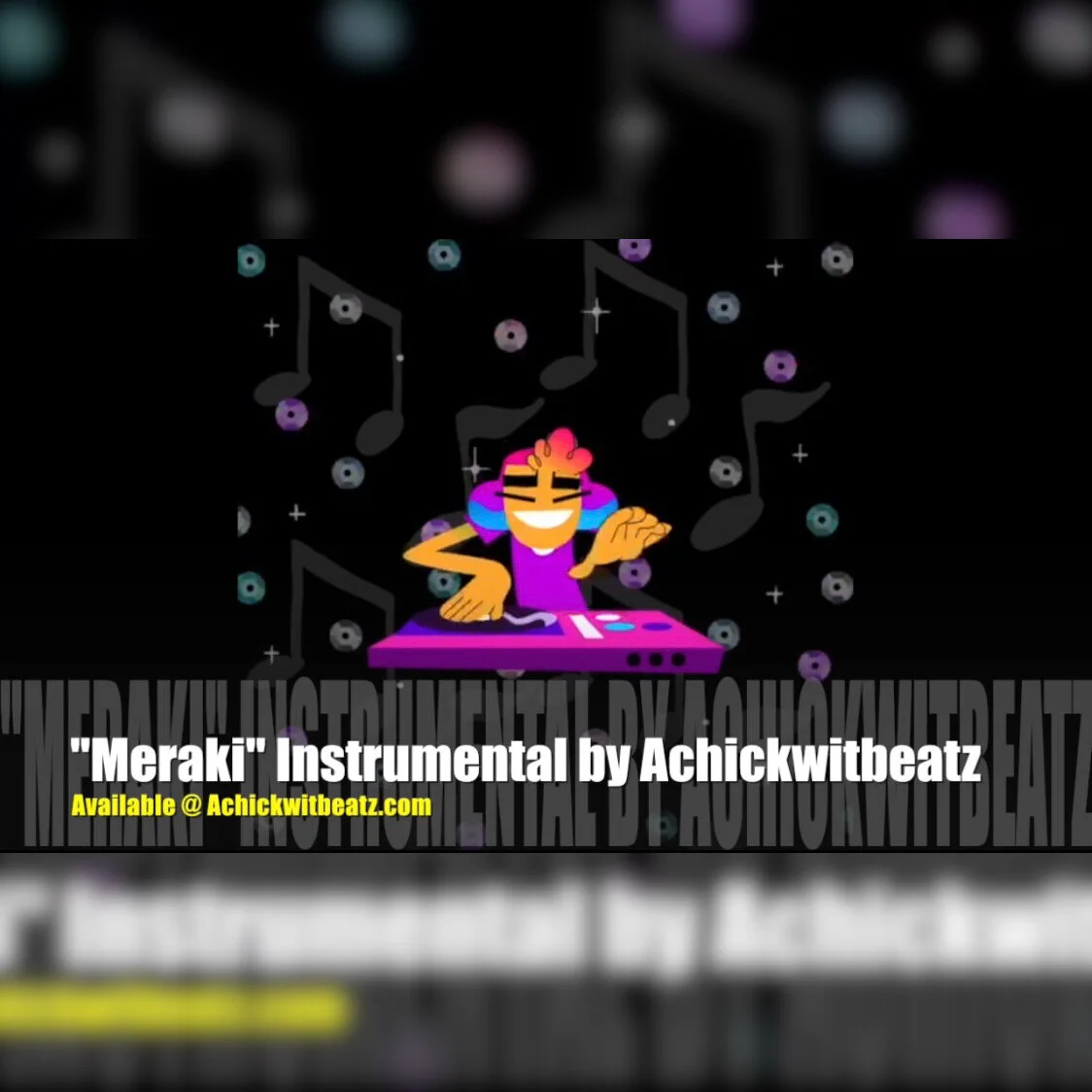As a music producer and an independent artist navigating music marketing, I’ve been digging into what really works when it comes to direct fan interaction. One strategy that keeps resurfacing across artist case studies, social media algorithms, and fan behavior data is interactive Q&A sessions. These aren’t just about answering random questions; when done right, they’re an impactful way to deepen connection, boost visibility, and turn casual listeners into genuine supporters.
Here’s what I’ve been learning through my research, and how to apply it to grow your music career authentically.
Why Q&A Sessions Matter in Today’s Music Landscape
Photo by Laurin Steffens on Unsplash
In an era when streaming services are saturated with an abundance of music, personality and connection are often what sets one independent artist apart from another.
Interactive Q&As let fans feel heard, seen, and part of your journey, and that’s what builds loyalty. These sessions can drive:
Higher retention on livestreams
Increased saves and shares when Q&A clips are repurposed
More merch and ticket sales, especially when you reward participation
The bottom line is that listeners who engage with your story are more likely to support your art, not just stream it passively.
Choosing the Right Platform for Your Q&A
Photo by Gabriel Benois on Unsplash
I noticed artists succeed most when they match the platform to the type of fans they want to engage. Here’s a quick breakdown of what I’ve seen working:
Instagram Live: Great for casual, mobile-first engagement. Ideal if your audience skews younger or if you already post Stories often.
YouTube Livestreams or Premieres: Best for longer-form Q&A, especially if you’re premiering a new song or video. It’s a more polished vibe.
TikTok Live: Strong algorithmic reach if you have over 1,000 followers. Works well for off-the-cuff questions.
Discord or Patreon: If you’re building a private community, Q&As here feel more intimate and can double as exclusive perks.
Pick one platform you’re already active on and test a Q&A session at least once, even if your audience is small. Low turnout doesn’t mean failure; it’s data.
Prepping for Your Session (Without Overthinking It)
Photo by Stanley Li on Unsplash
Don’t wing it entirely, even if you want a relaxed tone. Based on the Q&As I’ve studied, successful artists do three key things beforehand:
Set a topic or theme
Instead of “Ask me anything,” narrow the focus: “Ask me about my new EP,” “Let’s talk about sampling,” or “Music and mental health.”
This helps fans come prepared and gives shy ones something to latch onto.
Seed some starter questions
Ask a few friends or fans in advance to send questions. You can also pull from past DMs or comments.
This avoids dead air if people are slow to start typing.
Promote the Q&A ahead of time
Artists who post 24 hours ahead, then remind again 1–2 hours before, appear to get a stronger turnout.
Use countdown stickers, polls, or teaser clips to build anticipation.
Making It Interactive & Not Just a Monologue
A common trap is treating a Q&A like a press interview. But fans want to feel like they’re in the room with you, not watching from a distance. Try these tactics I’ve seen work well:
Shout out usernames when reading questions
Ask fans questions back (e.g., “What’s your favorite song on the project?”)
Use polls or emoji reactions on platforms that allow them
Keep answers tight, under 90 seconds works best for live engagement and replay value
Bonus tip: Mention that you might clip or reshare highlights, and fans will be more likely to participate if they know their input could get spotlighted.
Managing Low Engagement Without Getting Discouraged
Photo by Prateek Katyal on Unsplash
Here’s the truth: a lot of independent artists see low turnout at first, sometimes just a few viewers or questions. But that doesn’t mean the effort isn’t worth it. In the cases I’ve been studying, artists who stick with it often find that even low-engagement sessions generate ripple effects: fans come back more consistently, share content, or support a merch drop down the line.
Here’s how to reframe it:
A quiet Q&A is still practice for future crowds
Replays let people catch it later, especially with time zone differences
Every question, even if it’s from your cousin, is a seed for content and connection
And if no one shows up? Save the recording and turn it into micro-content. The effort isn’t wasted; it’s material for your next post or email.
Repurposing Q&A Sessions Into Evergreen Content
Photo by Ben Collins on Unsplash
This is one of the smartest moves I’m seeing independent artists make. A well-run Q&A can give you a week’s worth of social content:
Chop up answers into Instagram Reels or TikTok clips
Turn detailed responses into a blog post or carousel
Use fan questions to shape your next newsletter or single rollout
Post a screenshot or quote graphic with the fan’s username (with permission)
Repurposing is a smart way to maximize your time. When fans see you using their questions in your content, they’re more likely to participate again.
Running interactive Q&A sessions might feel awkward at first, especially when your fanbase is small, but they’re a low-cost, high-value way to build trust and visibility. Keep in mind while trying to figure it all out: You don’t need a huge audience to start connecting. You just need consistency, curiosity, and a willingness to show up.
So, whether you're debuting a single or just trying to break through the algorithm fog, try hosting a Q&A session. Use what you learn each time to refine the next one and keep inviting fans to be part of the process, not just the product.
Let’s keep building. I’m learning right alongside you, so if you’ve run a Q&A or are thinking about it, I’d love to hear what’s worked (or didn’t) for you. Leave a comment or DM me.
- Art
- Independent Labels
- Internet Radio
- Music Documentaries
- Album Reviews
- Music History
- Music Industry News
- Free Game Friday
- Free Downloads
- Poetry
- Books
- Interviews
- Did You See It?!
- Hip Hop History
- Hear Here
- Music News
- Hip Hop Documentaries
- Music Marvels Radio Show
- Think Piece Thursday
- Mini Documentaries
- Instrumental Intel
- Music Humor
- Indie Analysis
- Conversations & Quotables
- Music
- Resources for Artists
- Podcasts
- Beats/Instrumentals
- Music Education



























![Hear Here: Achickwitbeatz - Dopamine & Serotonin [Single]](https://images.squarespace-cdn.com/content/v1/52b0b90ae4b0293bfed0d692/1710852808557-EZYGFDIBHLBSIRFOVS1Q/Dopamine+%26+Serotonin.JPG)






